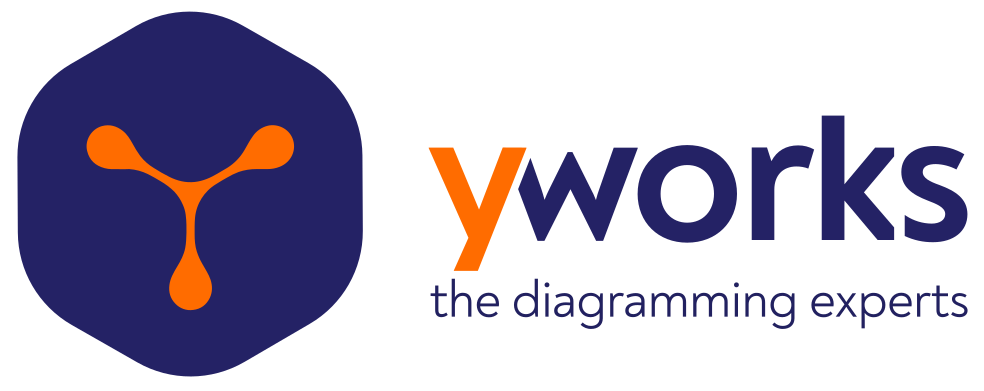Upward Planar Drawings with Three and More Slopes
DOI:
https://doi.org/10.7155/jgaa.00617Keywords:
graph drawing , upward planar , slope number , visual complexityAbstract
The slope number of a graph $G$ is the smallest number of slopes needed for the segments representing the edges in any straight-line drawing of $G$. It serves as a measure of the visual complexity of a graph drawing. Several bounds on the slope number for particular graph classes have been established, both in the planar and the non-planar setting. Moreover, the slope number can also be defined for directed graphs and upward planar drawings. We study upward planar straight-line drawings that use only a constant number of slopes. In particular, for a fixed number $k$ of slopes, we are interested in whether a given directed graph $G$ with maximum in- and outdegree at most $k$ admits an upward planar $k$-slope drawing. We investigate this question both in the fixed and the variable embedding scenario. We show that this problem is in general NP-hard to decide for outerplanar graphs ($k = 3$) and planar graphs ($k \ge 3$). On the positive side, we can decide whether a given cactus graph admits an upward planar $k$-slope drawing and, in the affirmative, construct such a drawing in FPT time with parameter $k$. Furthermore, we can determine the minimum number of slopes required for a given tree in linear time and compute the corresponding drawing efficiently.Downloads
Download data is not yet available.
Downloads
Published
2023-02-01
How to Cite
Klawitter, J., & Zink, J. (2023). Upward Planar Drawings with Three and More Slopes. Journal of Graph Algorithms and Applications, 27(2), 49–70. https://doi.org/10.7155/jgaa.00617
Issue
Section
Articles
Categories
License
Copyright (c) 2023 Jonathan Klawitter, Johannes Zink

This work is licensed under a Creative Commons Attribution 4.0 International License.







